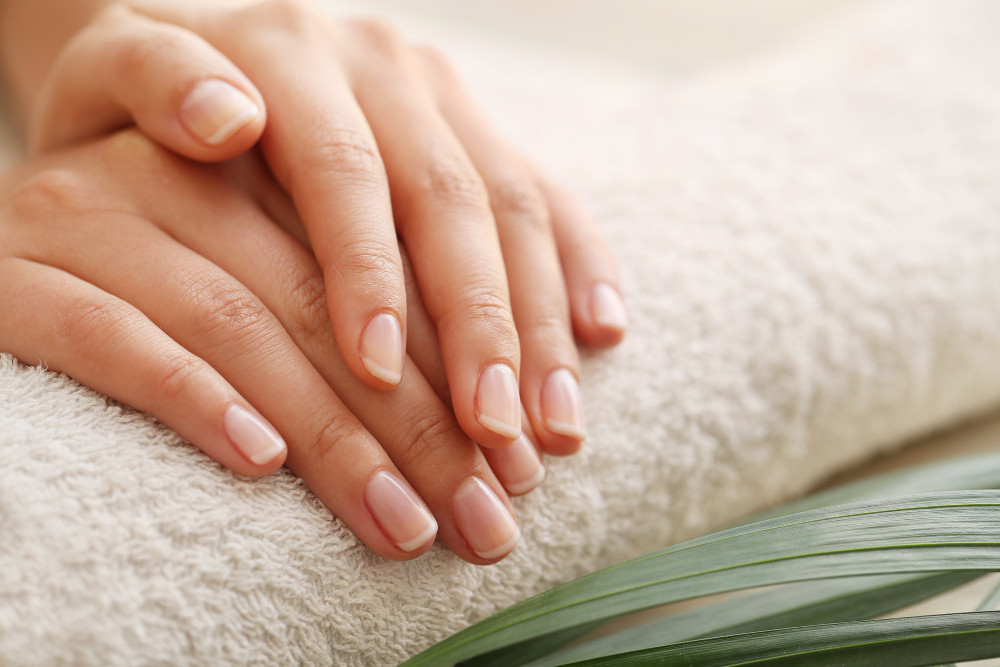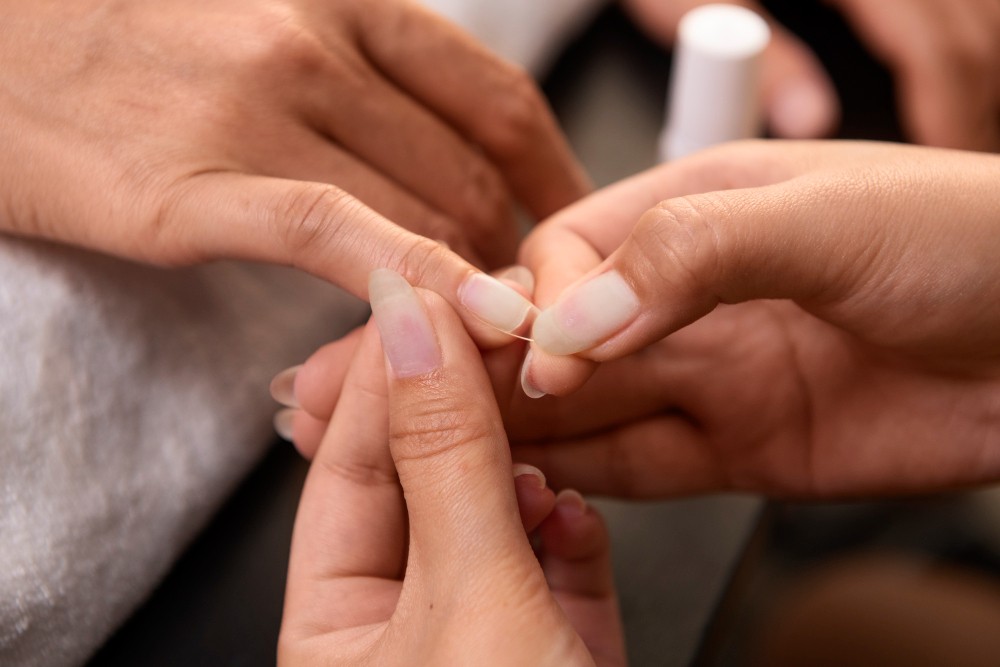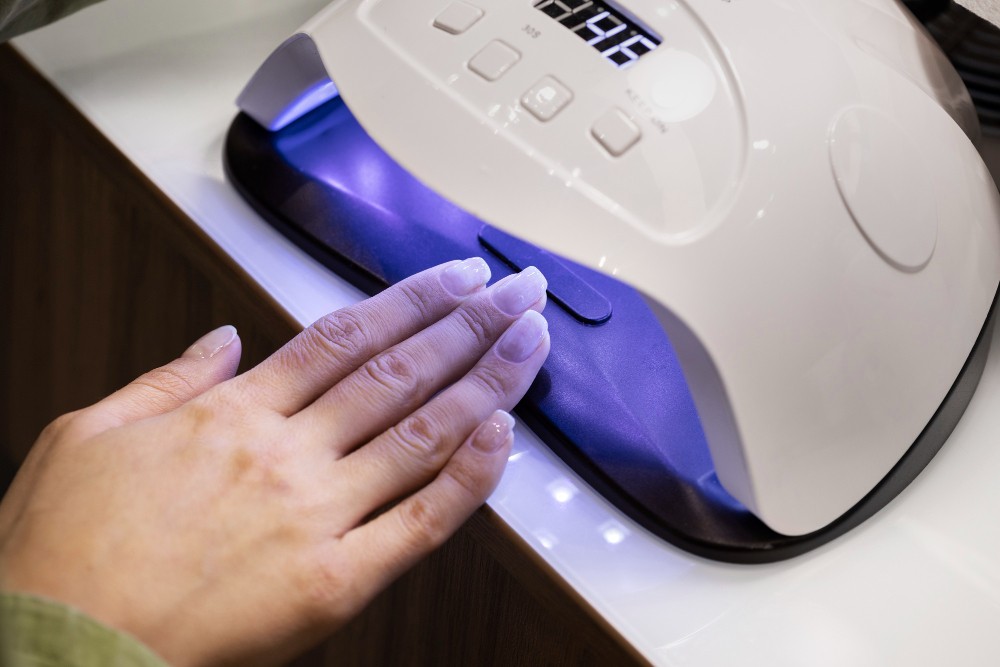Have you ever thought about the function of your fingernails and toenails? Experts believe that these nails are remnants of human evolution. So, what exactly are the functions of nails on our fingers and toes, and how can we maintain their health? Learn more in the following article!
Functions of human fingernails and toenails
Nails, along with skin and hair, are the outermost parts of the human body. They are formed through a process called keratinization, where keratin cells grow and layer on top of each other until they harden into nails.
According to Healthline, nails serve several important functions:
Strengthening fingers and toes
Nails are made of hard keratin, which helps strengthen the tips of fingers and toes during movement. They assist in gripping, scratching, and performing everyday tasks without causing injury to the fingertips. The underside of the nail also contains many small blood vessels that supply blood when you grip something tightly.
Protecting fingers and toes
As the outer layer of skin, nails protect fingers from scratches and sharp objects. They also prevent bacteria and viruses from entering the body. If the nail is compromised, you become more susceptible to infections.
Supporting motor functions
Nails aid in the motor skills of fingers and toes, such as scratching, separating hair, or turning the pages of a book. They also facilitate hand movements when picking up, gripping, and lifting objects.
Conducting sensations
While nails themselves don’t have nerve endings and don’t hurt when cut, the tissue beneath and around them contains nerve endings that serve as touch receptors. These nerves help transmit sensations such as touch, heat, cold, and even pain.
How to maintain nail health
Although nails are made of hardened, dead cells and lack nerve tissue, they still require care to prevent infections. Common nail issues include fungal infections, ingrown nails, and brittle or ridged nails.
To maintain healthy nails, consider the following tips:
- Keep your nails clean and dry
- Trim your nails regularly to follow their natural shape using sharp nail clippers
- Avoid biting your nails and removing cuticles, as these habits can damage your nails
- Don’t use your nails as tools, such as for opening cans or other hard objects
- Steer clear of harsh chemicals that can harm your nails
- Wear properly fitting shoes and footwear that are neither too tight nor too loose
- Use flip-flops in swimming pools and public restrooms to reduce the risk of fungal infections on nails
Nail health is often overlooked, yet it plays a vital role in our daily movements. If you notice significant changes in your nails, such as alterations in texture, color, or shape, accompanied by pain, it is important to consult a doctor. You can also make use of the consultation features that are available in the Ai Care application by downloading the Ai Care application from the App Store or Play Store.
Looking for more tips and health tricks, first aid, and home remedies? Click here!
- dr Nadia Opmalina
Nall, R. (2020). Why Do We Have Fingernails and Toenails?. Available from: https://www.healthline.com/health/why-do-we-have-nails
Brannon, N. (2024). Structure and Growth of Fingernails and Toenails. Available from: https://www.verywellhealth.com/nail-anatomy-growth-structure-and-more-1068848#toc-nail-functions
Mayo Clnic. Fingernails: Do’s and dont’s for Healthy Nails. Available from: https://www.mayoclinic.org/healthy-lifestyle/adult-health/in-depth/nails/art-20044954
Ross-Hazel, L. (2023). What Are Nails Made Of? And 18 Other Things You Should Know About Your Nails. Available from: https://www.healthline.com/health/beauty-skin-care/what-are-nails-made-of
American Academy of Dermatology Association. Tips for Healthy Nails. Available from: https://www.aad.org/public/everyday-care/nail-care-secrets/basics/healthy-nail-tips












